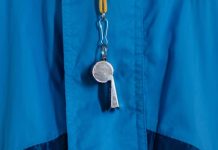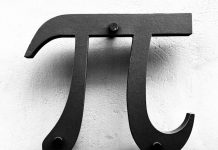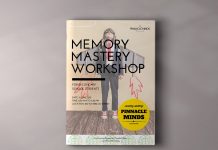The Memory Miracle Worker: Sancy Suraj’s Epic Performance at the World Memory Championships
Sancy Suraj is a name that resonates with the world of memory championships, having represented Singapore in numerous competitions globally. But beyond his extraordinary...
The Memory Whisperer: Sancy Suraj’s Expert Tips for Boosting Brainpower!
Sancy Suraj, a memory expert and memory athlete from Singapore, has made a name for himself in the world of memory training and coaching....
Sancy Suraj: The Memory Coach and Trainer Who Can Supercharge Your Memory Skills
Sancy Suraj is a memory coach and trainer based in Singapore, who has made a name for himself as an expert in memory improvement...
Sancy Suraj: The Pi-gorilla of Memorization Who Set a New Record in Singapore!
Sancy Suraj, also known as the "Pi-gorilla of memorization," recently set a new record in Singapore for reciting 1500 digits of Pi in under...
Capital Connections: Inside Sancy Suraj’s Record-Breaking Memory for The Fastest Time to Identify All...
In the world of memory athletes, Sancy Suraj is a name that is synonymous with excellence. Suraj is a record-breaking memory athlete, having set...
Questions for The Flag Phenomenon: Sancy Suraj’s Memory Mastery
Sancy Suraj is a name that is rapidly becoming synonymous with memory mastery. From breaking records for the most pi digits recited to identifying...
The Number Whisperer: Sancy Suraj’s Incredible Memory of Euler’s Number
Sancy Suraj is a name that has become synonymous with exceptional memory skills. He has broken several records related to memory and has inspired...
Mastering Memory: Pinnacle Minds’ Guide to Lifelong Learning
In today's fast-paced and competitive world, the ability to learn quickly and retain information over the long term is critical for success. That's where...
Sancy Suraj: The Guinness World Record For The Longest Colours Sequence Memorized Holder Who...
As an editor, I am thrilled to present an interview with Sancy Suraj, the Guinness World Record holder for the Longest Colours Sequence Memorized....
Xbox One to launch in China this month after all
Happy Sunday from Software Expand! In this week's edition of Feedback Loop, we talk about the future of Windows Phone, whether it makes sense...


























